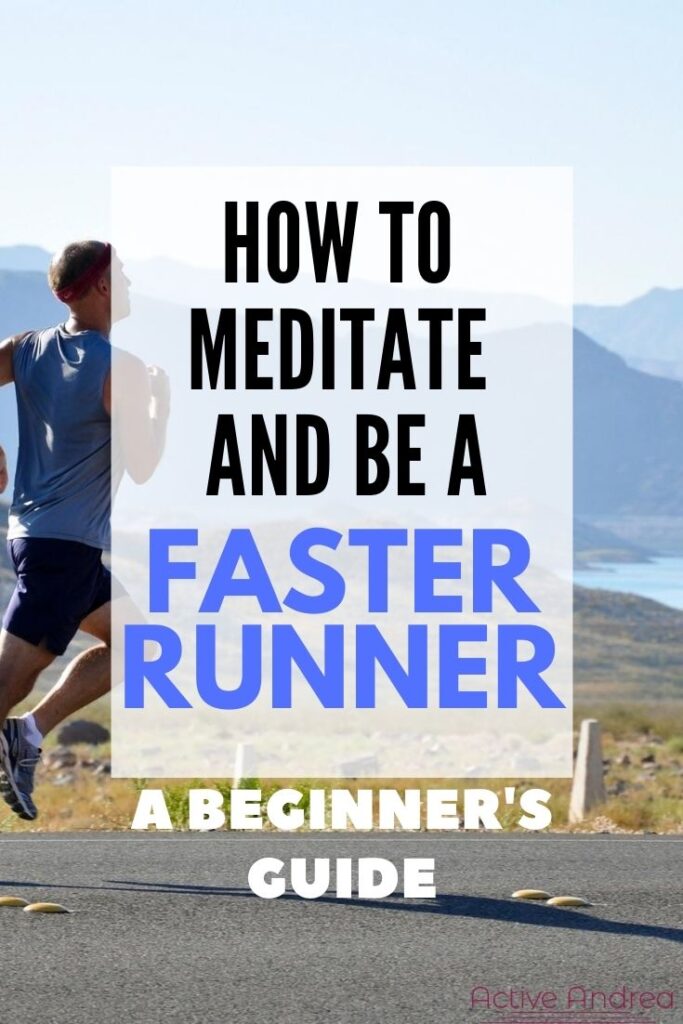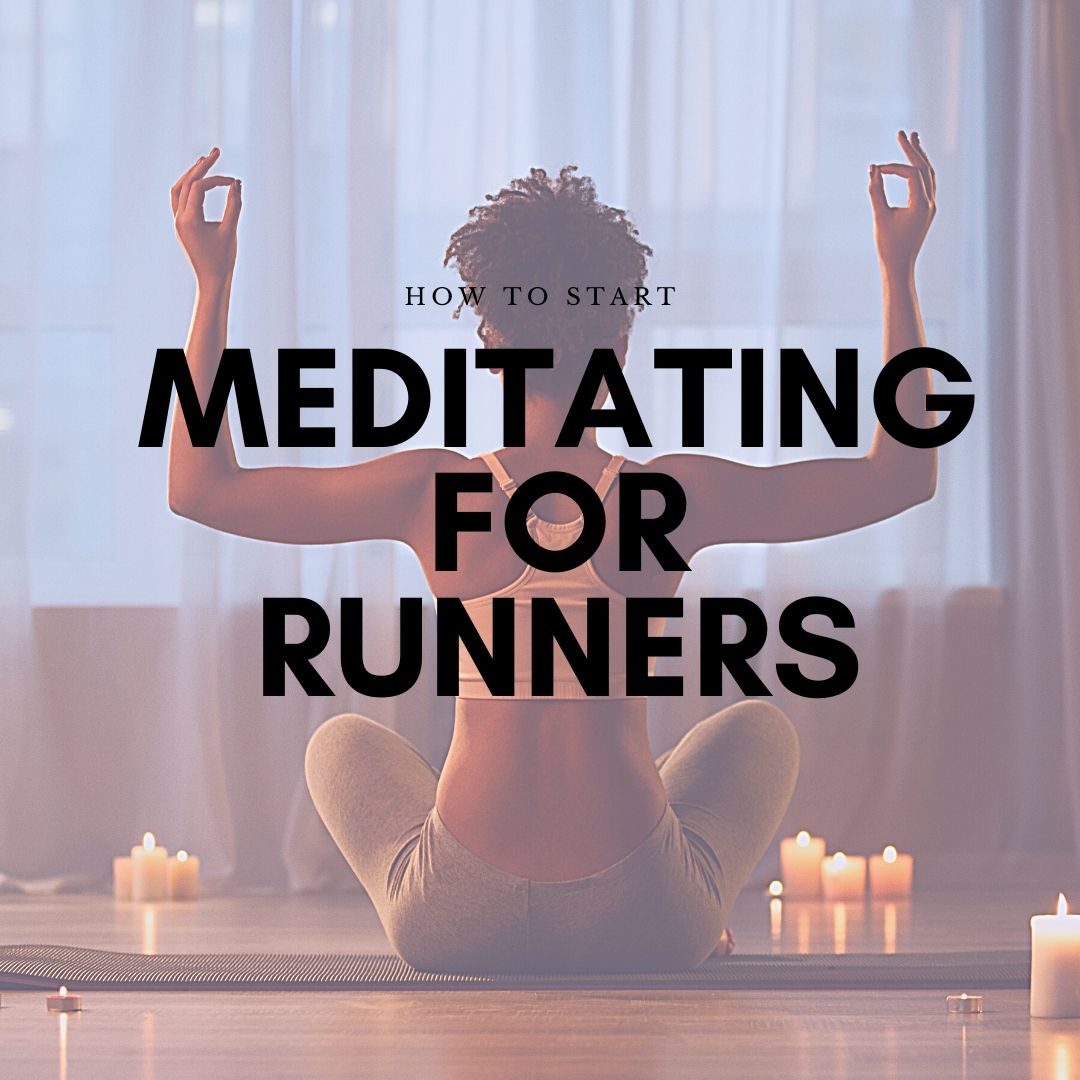Sit still. Close your eyes. Breathe in and out. Count your breath. Repeat for ten minutes a day, every day. Then, amazing results will follow. Weight, lost! Good-bye depression, anger, anxiety, blood pressure, pain, insomnia. Meditate and handle life’s stressors, be present, love your life.
Sounds much too good to be true, eh? It sounds like the gushing part in the infomercial right before they tell you how all this can be yours, for just four payments of $29.99.
Of the several books I read on meditation to write this post, the practice was more or less described as providing various people bits and pieces of those numerous benefits. There’s been a flood of scientific articles written about meditation, and on the whole, the main conclusion is that meditation is not a cure-all, but it does show positive results for many people.
And if the cost of meditating only 10 minutes of your time each day, why would you not try it? Let’s be real, there’s little downside to committing to it.
For athletes, or anyone looking to improve their physical abilities, meditation has proven to help people find a new edge in what’s possible for their performance. For runners, we know how much our brain helps or hinders our runs. Before we discuss how to improve our runs with meditation, let’s do a quick overview of what a general meditation practice looks like.
Meditation: A Simple Introduction
The body and the mind are often separated as two of the three concepts that make up a human being, the third being the spirit. Meditation encourages to dissuade you of this notion, and rather view yourself and others as one thing: a living creature whose parts all work together and with the other living creatures surrounding you.
Headspace, the app and company founded by former monk Andy Puddicomb, breaks down meditation into an approachable, non-spiritual format just about anyone can use.
He says meditation is “not about trying to be someone else, it’s about finding a sense of ease with you as you are, right now.”
In his book, The Headspace Guide to Meditation and Mindfulness, Puddicomb prescribes a daily 10-minute meditation using the following technique:
- Grab a timer.
- Take a comfortable seat in a chair or on the floor.
- Set timer for 10 minutes. Press start.
- With eyes open, take 5 deep inhales and exhales. On the fifth exhale, close your eyes.
- Count your breaths up to 10. At 10, start over again. One inhale and one exhale count as two breaths. Repeat until the timer goes off.
The goal is to keep your attention on your breathing. When (not if, but when) your thoughts wander off, try to observe yourself rather than listen to yourself. Then, come back to counting the breath.
The idea of “observing your thoughts” might be the hardest part to understand for meditation newbies. Your thoughts are your thoughts, right? But no, not really.
Think about if you’re ranting to a friend about someone at work who’s annoyed you, and you start to hear yourself ranting. You catch yourself with a small laugh and say, “Okay, sorry, I’m ranting. He/she is really not that bad.” During meditation, you apply this same technique, but to your thoughts.
Another way to think about meditation is the practice of being aware. Instead of being aware of everything, a meditation practice distills awareness down to one thing: the breath.
When you meditate, listen to what you’re thinking, notice what the content is – whether it be mundane, angry, sad, judgemental, happy, anxious, whatever – and then put it aside with a clinical, unemotional air, and continue counting your breath.
How to Apply Meditation To Running
Because most meditation practices are breath-centered, it’s an amazingly useful tool for runners. I mean, what else is running but breathing and moving your feet? It’s basically meditation in motion.
Except when it’s not.
The thing about running is it’s hard. So our brains tend to freak out a little when we don’t manage our thoughts well on our runs. Our brains tell us that we’re going too fast, that we’re tired, that our right calf is tight and we need to stop.
Especially when we’re new to running, our brains are constantly looking for reasons to stop.
To stop this constant battle, we need to focus our brain’s attention on something else. Just like during a meditation practice, we need it to stay calm and be aware of what’s happening, but not panicking or setting off alarm bells.
So, here’s your step-by-step plan to tame your brain on your runs and implement a meditation practice:
Step 1: Start meditating. Meditate for 5-10 minutes before your run. Make sure to do a proper warm-up after the meditation session, as going straight from sitting to running isn’t great for the bod.
You can use any meditation app you want, or just simply use a timer and follow the technique outlined above. Headspace also has free meditations on Spotify that I’ve used and liked.
Step 2: Run
Step 3: Meditate for 5-10 minutes after your run. Then, cool down with dynamic stretches.
On days you don’t have time to do sessions before and after runs, you can meditate either before or after. It doesn’t really matter. Just pick which one works best for you.
The point of these pre- and post-run meditation sessions is to train the brain that running time is awareness time. When you drink tea before bed, it relaxes you and puts your body in the mood to relax and fall asleep easier. Well, this is the same thing. You’re training your brain to stay calm and relaxed during runs by actually practicing awareness and relaxation before and after runs.
Not only will this help you fight off those negative thoughts during regular runs, but regular meditation practice before running will help you stay focused during longer and harder runs.
By improving your (mental) ability to run at a faster pace for longer periods, your cardiovascular system will improve, and you will become faster.
Meditation While Running
I said earlier that running could be thought of as meditation in motion. It’s just breathing and moving your feet.
But for so many of us, this won’t be true for most of our runs. In reality, those great runs, the ones where we feel like we could run forever, where our minds completely empty and we’re just cruising, feel few and far between for most of us.
They are possible though.
To get there, you’ll follow steps 1 through 3 outlined above. Then, slowly, without forcing it, you’ll try to focus your thoughts on your breath while you run too. Just like the seated practice, every time your thoughts wander, you’ll bring the attention back to the breath.
This gets harder the more taxing the run is, like intervals or tempos, but I promise it absolutely makes the harder running easier.
The Bottom Line
You might not hear about it a lot, but professional athletes in every sport do some kind of mindset or meditation work. They do it to be at the top of their game. To train better with less effort. You can do this too.
Even if you’re just running to stay in shape, mindset work and meditation can help you enjoy it more and improve your fitness.
Interested in more tips on running? You might like these articles:
Follow These 5 Tips to Train Your Brain for Better Runs
How I Trained for My First Marathon
Everything You Need to Know about How Running Affects Your Metabolism
Let me know if you try meditating and if it helps your runs in the comments! Happy running 🙂 xx




